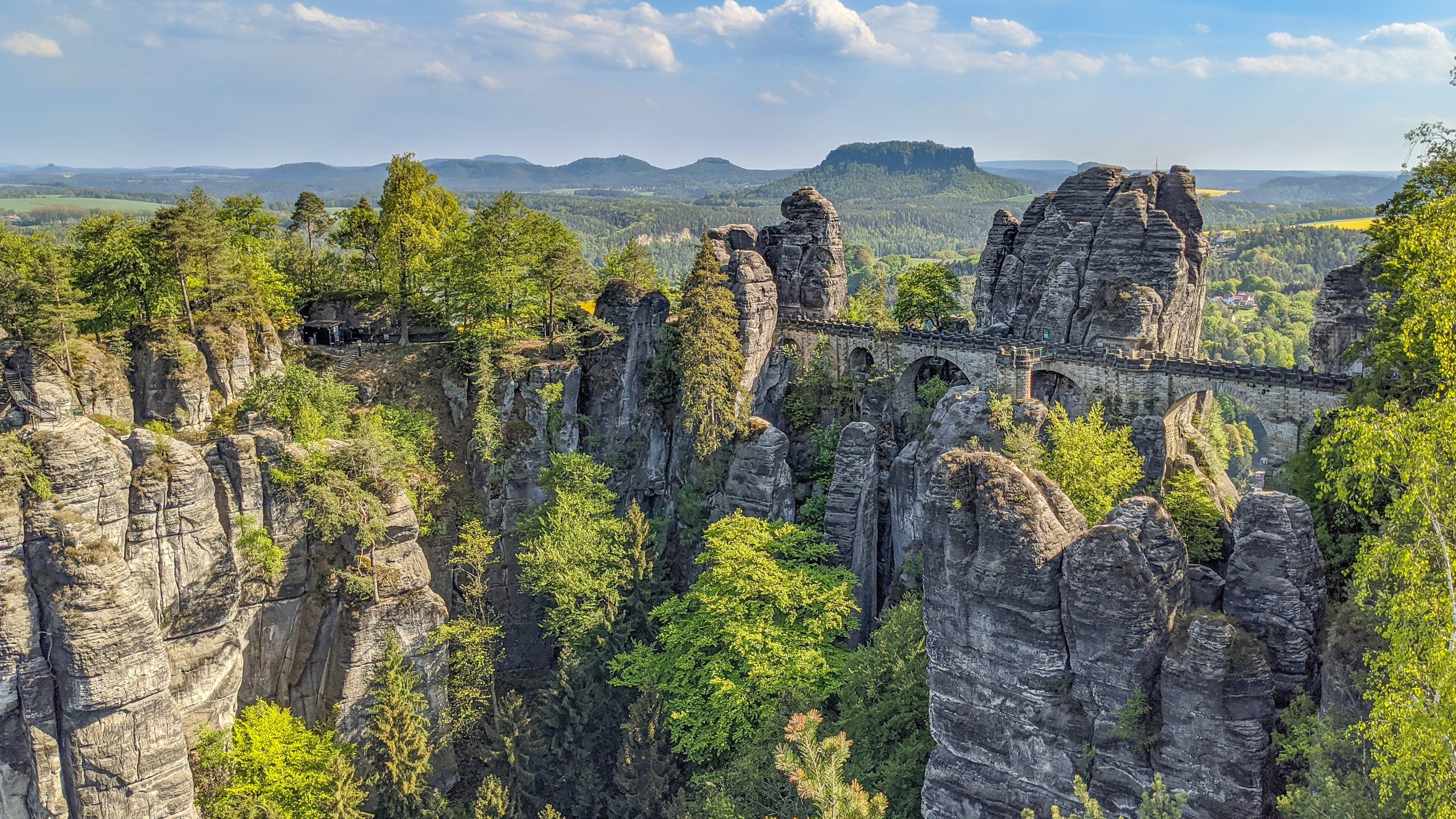

English elegy and heroic poetry during the Middle Ages are two distinct literary traditions that flourished during this period. Let’s explore each of them:
Definition: Elegy is a form of lyric poetry that expresses sorrow or lament for the dead or for something lost. It often reflects on the transitory nature of life and the inevitability of death.
Mourning and Grief: Elegies typically focus on themes of loss, mourning, and grief. They may mourn the death of a specific person, a group of people, or even an era.
Reflection: Elegies often include reflective and introspective elements, contemplating the meaning of life, the passage of time, and the nature of mortality.
Elevated Language: The language in elegies is often elevated and formal, conveying a sense of solemnity and reverence.
“The Wanderer” and “The Seafarer”: These Old English poems are considered elegies, reflecting on the themes of exile, loss, and the transient nature of life.
“The Wife’s Lament”: Another Old English poem that reflects the lament of a wife who has been separated from her husband.
Definition: Heroic poetry celebrates the deeds and adventures of heroic figures, often in a grand and elevated style. It commonly features warriors, knights, and legendary figures engaged in epic battles and quests.
Heroic Figures: The central characters are typically heroic figures who demonstrate exceptional courage, strength, and virtue. They may be historical or legendary figures.
Epic Settings: Heroic poetry often unfolds in grand, epic settings, involving epic battles, journeys, and quests.
Elevated Language: Similar to elegy, heroic poetry employs elevated and formal language, contributing to its grand and majestic tone.
“Beowulf”: One of the most famous examples of heroic poetry from the Old English period, “Beowulf” tells the story of the hero Beowulf and his battles against monsters and dragons.
“Sir Gawain and the Green Knight”: This Middle English poem is a part of the Arthurian legend, narrating the adventures of Sir Gawain. Both elegy and heroic poetry played significant roles in expressing the values, beliefs, and cultural identity of the societies in which they were produced. They are important components of the rich literary heritage of the Middle Ages in England.
#elegy and heroic poetry during the middle ages #elegy and heroic poetry during the middle ages #elegy and heroic poetry during the middle ages #elegy and heroic poetry during the middle ages #elegy and heroic poetry during the middle ages
Visit Us on our Facebook Page:
Speech on Mercy by Portia: Rhetoric, Religion, and Justice in The Merchant of Venice Speech…
Analysis of I Too and The Weary Blues by Langston Hughes: Colonial Experience Langston Hughes,…
Ben Jonson and Comedy of Humours inVolpone (Satire & Greed) This article explores Ben Jonson…
Themes in Twelfth Night William Shakespeare’s Twelfth Night (c. 1601) is one of his most…
Summary of Twelfth Night William Shakespeare’s Twelfth Night, believed to have been written around 1601,…
Shakespearean Comedy and Its Features William Shakespeare, one of the greatest playwrights in English literature,…
This website uses cookies.